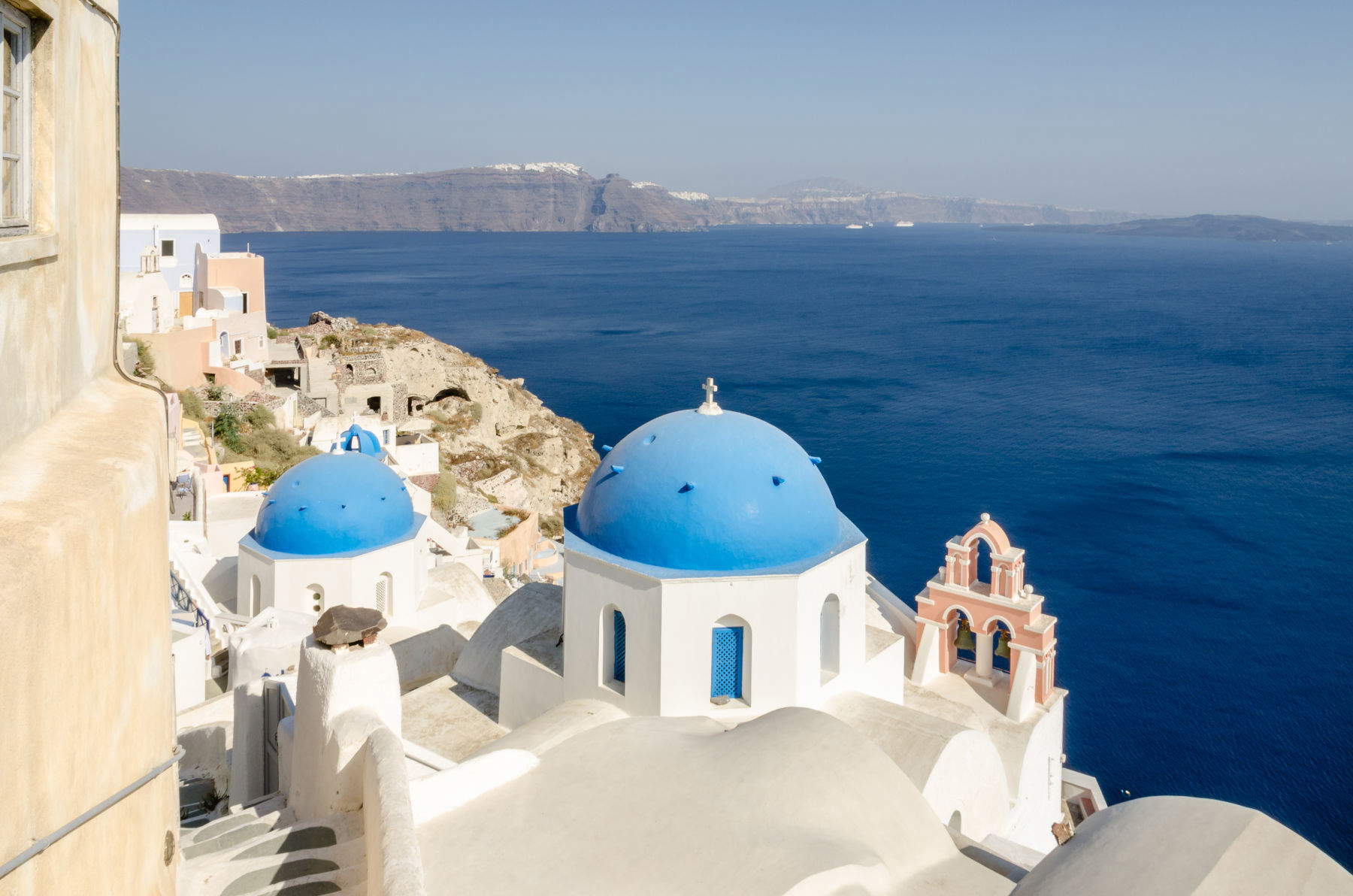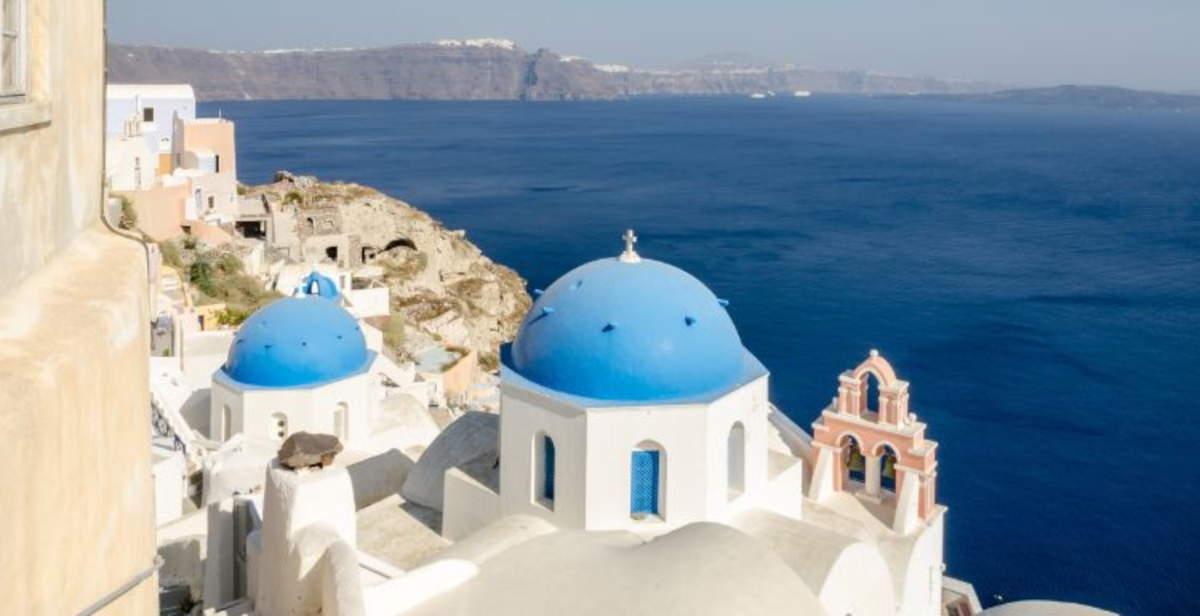As of July 1, 2025, those who land a cruise on Santorini or Mykonos must pay a 20-euro tax per person. As reported by the weekly magazine Internazionale, the measure, adopted by the Greek parliament during 2024, officially came into effect on the two islands of the Cyclades archipelago, where the flow of tourists has reached levels deemed unsustainable for the local infrastructure. The measure is aimed particularly at cruise lines, which will pay the fee directly to the Greek authorities, except that they will then recover the amount through an adjustment in travel fares.
“As per the law, the tax will be applied in Santorini, Mykonos and to a lesser extent in other islands,” a spokesman for the finance ministry told Afp.
The new levy applies during the peak season, from June 1 to September 30, and has been calibrated taking into account the pressure exerted by tourism on individual destinations. In the smaller islands, in fact, the tax drops to 5 euros per passenger. The Greek government’s stated goal is twofold: on the one hand, to curb the phenomenon of overcrowding that mainly affects the country’s most iconic places; and on the other, to allocate the revenue, estimated at up to 50 million euros a year, to the upgrading of tourism infrastructure, particularly ports, many of which are not adequate to receive several large ships at once.

Also according to the weekly magazine, Greece welcomed 7.9 million passengers from cruise ships in 2024, registering a 13.2 percent increase from the previous year. The islands of Santorini and Mykonos recorded 1.34 and 1.29 million arrivals, respectively, an increase of 4 percent in the former and 8.4 percent in the latter.
Despite the introduction of the tax, the number of cruise passengers does not seem to have declined. On the very day the measure took effect, four cruise ships with a total of about 8,400 passengers were expected in Santorini, according to local port authorities.
The introduction of measures to curb the impact of mass tourism is not unique to Greece. Italy, too, has initiated targeted interventions in several areas of high tourist pressure. Among the most notable initiatives is that of the Municipality of Venice, which in 2024 experimented for the first time with a fee-based access system for day tourists. The ticket was required on 28 high-traffic days, but from 2025 the number of days subject to payment will rise to 54, confirming an increasingly flow-control-oriented strategy.
According to the Bank of Greece, the country welcomed a total of 40.7 million visitors in 2024, up 12.8 percent from the previous year. The growth in flows raises structural and environmental problems in the country’s most fragile areas. The measure launched for the Cyclades represents an attempt to mediate between the needs of the tourism industry and the sustainability of the host territories.
 |
| Greece, 20 euro tax for passengers on cruises to Santorini and Mykonos |
Warning: the translation into English of the original Italian article was created using automatic tools. We undertake to review all articles, but we do not guarantee the total absence of inaccuracies in the translation due to the program. You can find the original by clicking on the ITA button. If you find any mistake,please contact us.